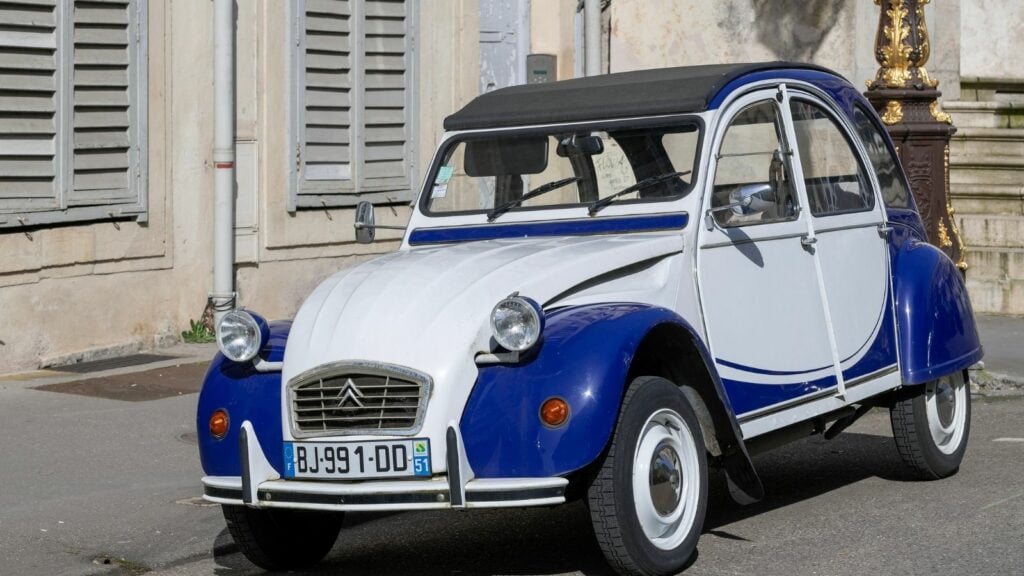The Volkswagen Beetle is one of the most iconic cars ever built, loved worldwide for its simplicity, affordability, and instantly recognizable shape. It earned its place as “the people’s car” and became a cultural symbol across generations. But while the Beetle is unique, it was never the only small, practical car to capture the imagination of everyday drivers. Several other vehicles carried the same spirit of accessibility and charm, offering affordable transportation with personality. Here are eight alternatives to the Beetle that carved their own spot in automotive history.
Mini Cooper (Classic)
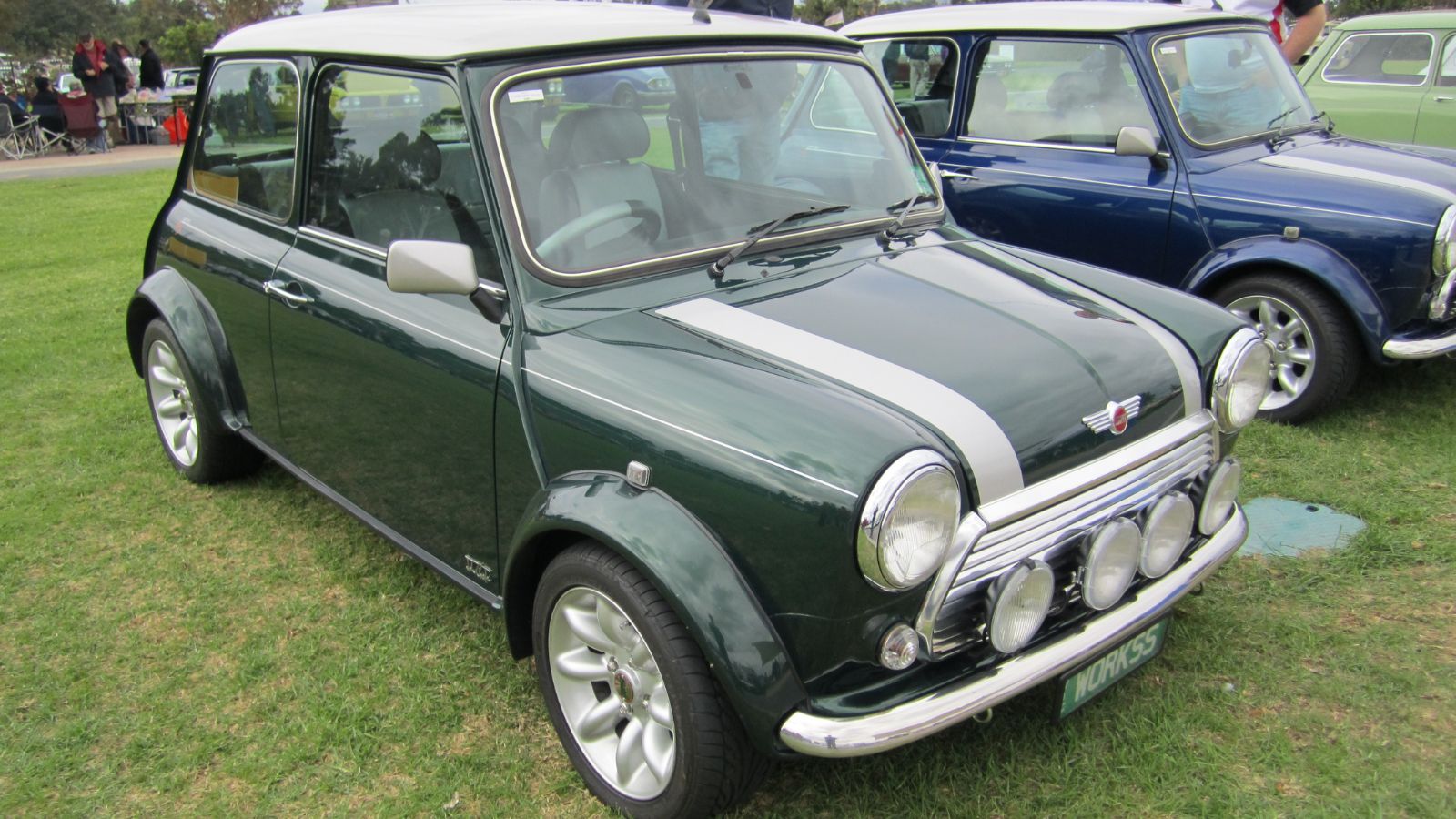
When the Mini first appeared in 1959, it turned small car design upside down. With its front wheel drive layout and transversely mounted engine, it managed to squeeze four people into a body less than ten feet long. Where the Beetle was known for its rear mounted engine and rounded personality, the Mini impressed with razor sharp handling and an ability to dart through city streets like no other car of its time. Its playful character made it a hit with young drivers, while its unexpected motorsport success—especially in the Monte Carlo Rally—cemented its legend. For those who wanted something as affordable as a Beetle but with a cheeky edge and driving fun, the Mini was an irresistible alternative.
Fiat 500 (Original)
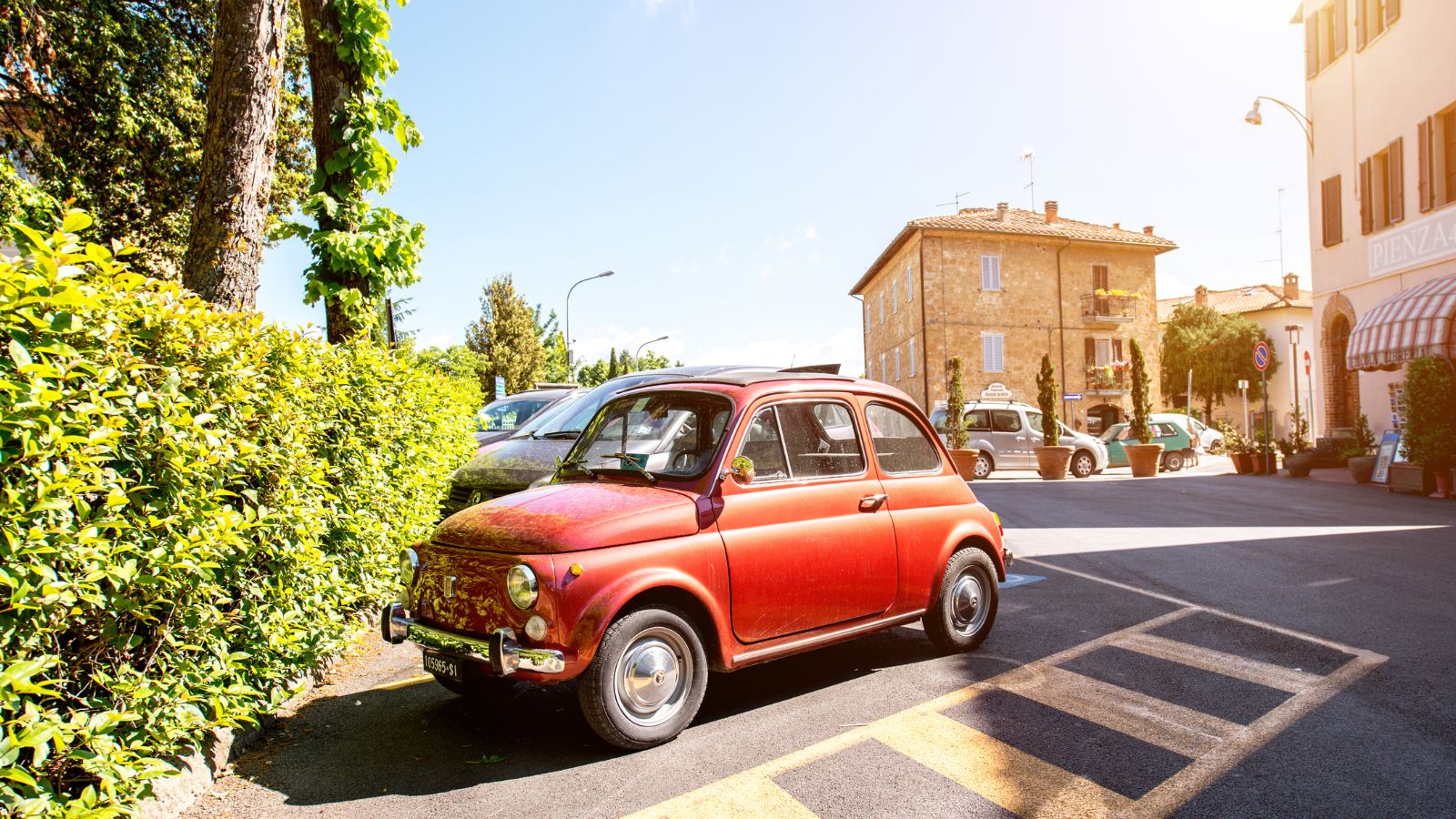
Italy’s Fiat 500, introduced in 1957, became just as beloved in Europe as the Beetle was worldwide. With its tiny two cylinder engine in the rear, it was simple, affordable, and built for the crowded streets of Rome, Milan, and Naples. The car measured barely nine feet in length, yet it offered Italians independence and freedom of travel during an era of economic growth. While the Beetle looked friendly and rounded, the 500 oozed Italian style and charm, often painted in bright colors that matched the lively character of the country. Today, the Fiat 500 is as much a cultural design icon as the Beetle, reminding us that small cars can carry enormous personality.
Citroën 2CV
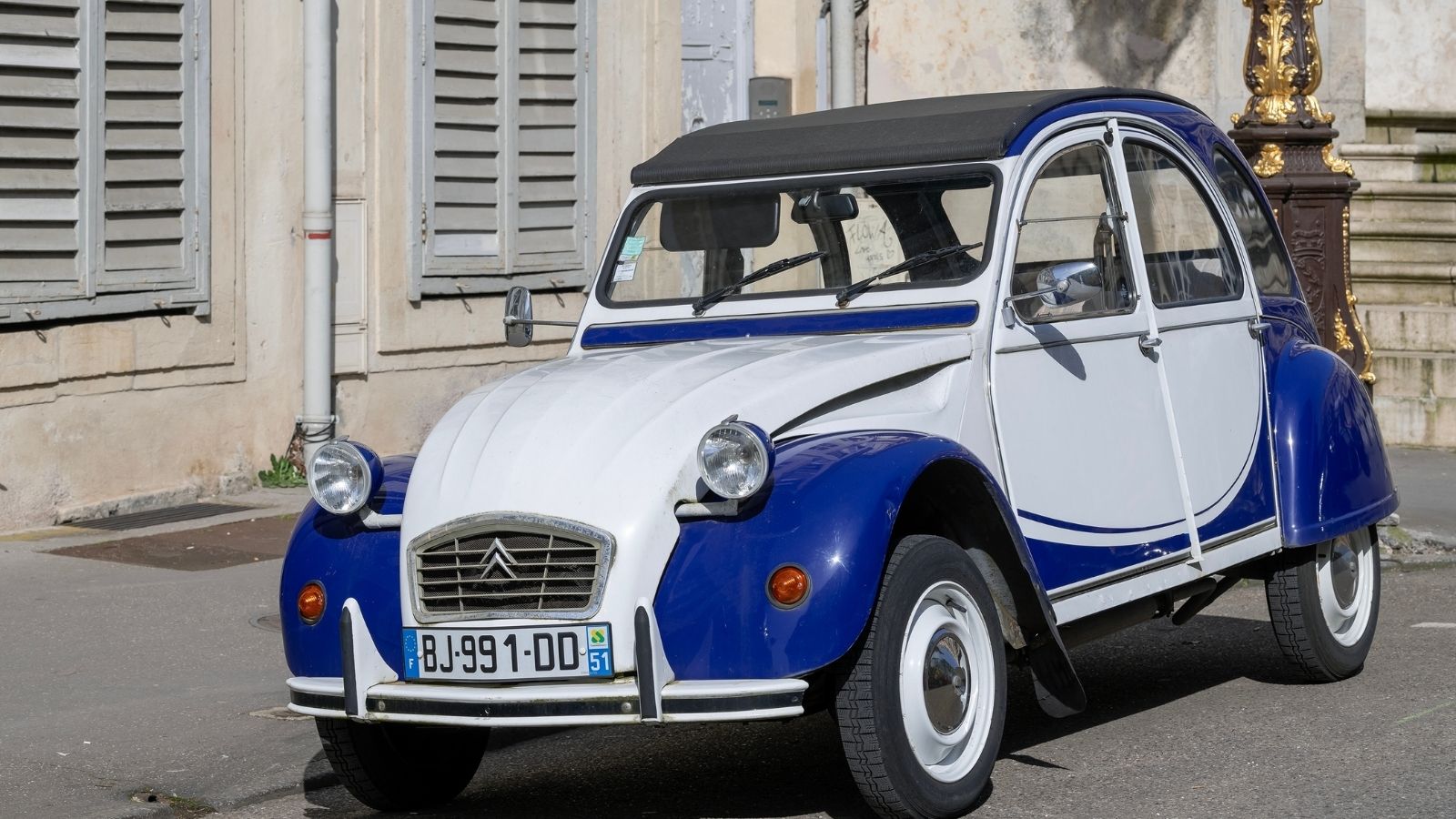
If the Beetle was Germany’s answer to affordable mobility, the Citroën 2CV was France’s. Introduced in 1948, it was designed to carry two farmers and a basket of eggs across rough country roads without breaking a single one. With its soft suspension, minimalist design, and lightweight body, it was the definition of utility. The Beetle became famous for reliability and friendly looks, but the 2CV developed a cult following for its quirkiness. Its roll back canvas roof, distinctive corrugated panels, and slow but steady performance made it beloved across Europe. In fact, its cultural significance in France rivals the Beetle’s role in Germany, with millions produced over its long lifespan.
Renault 4
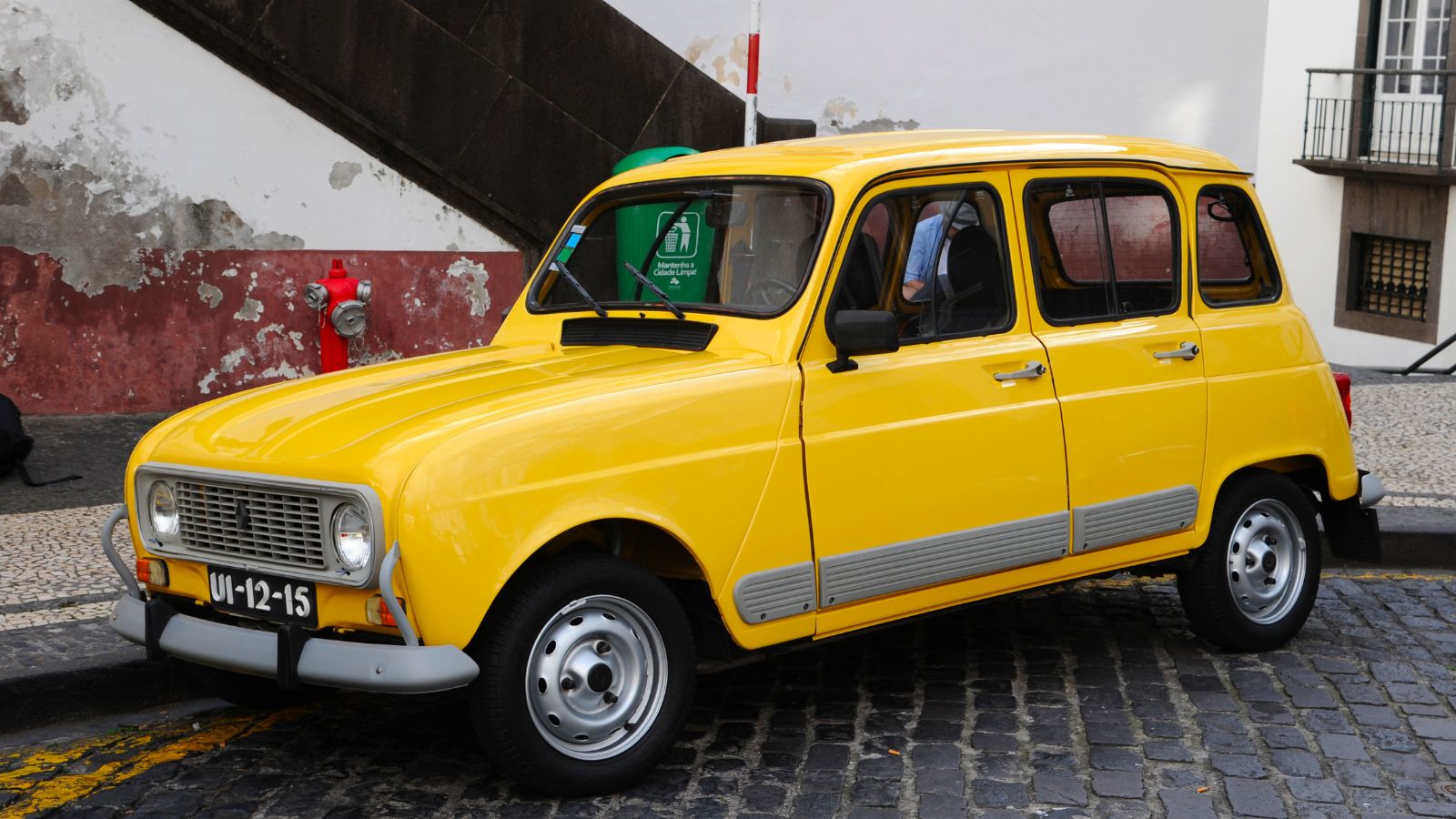
In 1961, Renault introduced the Renault 4, and it quickly became a serious rival to the Beetle in Europe. Unlike VW’s offering, the R4 was a five door hatchback, one of the first of its kind, giving it unmatched practicality. Families loved the roomy interior and the fact that it could carry people and cargo with surprising ease for such a small car. It kept costs low with simple mechanicals but stood out with its versatility—something the Beetle’s two door design lacked. While the Beetle won fans for personality and reliability, the Renault 4 earned respect for being adaptable and functional. More than eight million were sold worldwide, proof that it matched the Beetle’s global appeal.
Morris Minor
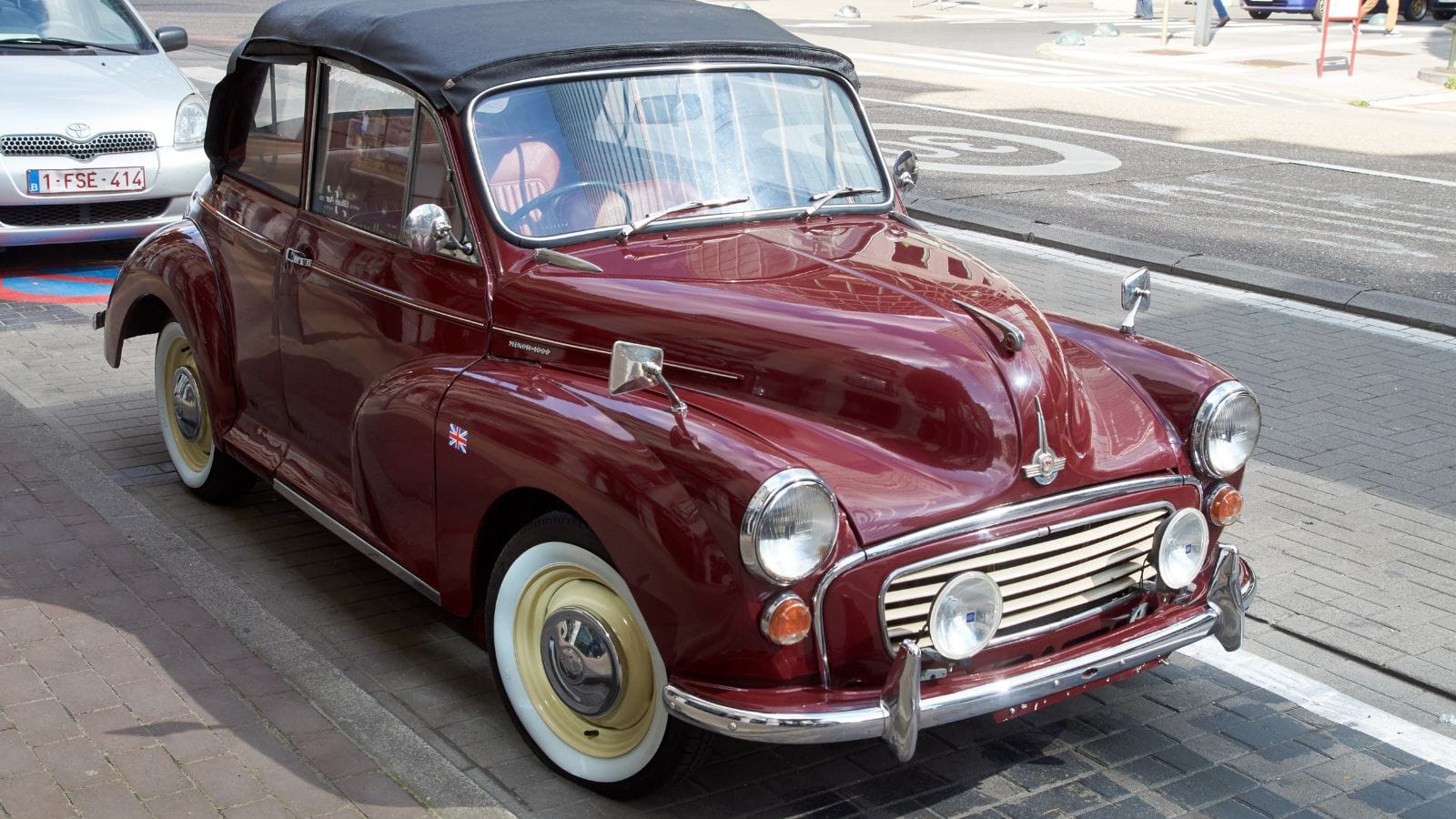
The Morris Minor, first produced in 1948, was Britain’s everyday car for decades. With curvy styling, roomy interiors, and strong reliability for its era, it became a trusted family companion across the UK. Where the Beetle was Germany’s car for the masses, the Minor played the same role in postwar Britain. Available as a sedan, convertible, or even a small van, it offered a wide range of body styles. Its suspension and steering gave it a smoother ride than the Beetle, and it provided more interior space too. Like the VW, it still inspires loyalty today, with dedicated owners’ clubs and enthusiasts keeping thousands on the road as a symbol of postwar British resilience.
Honda Civic (First Generation)
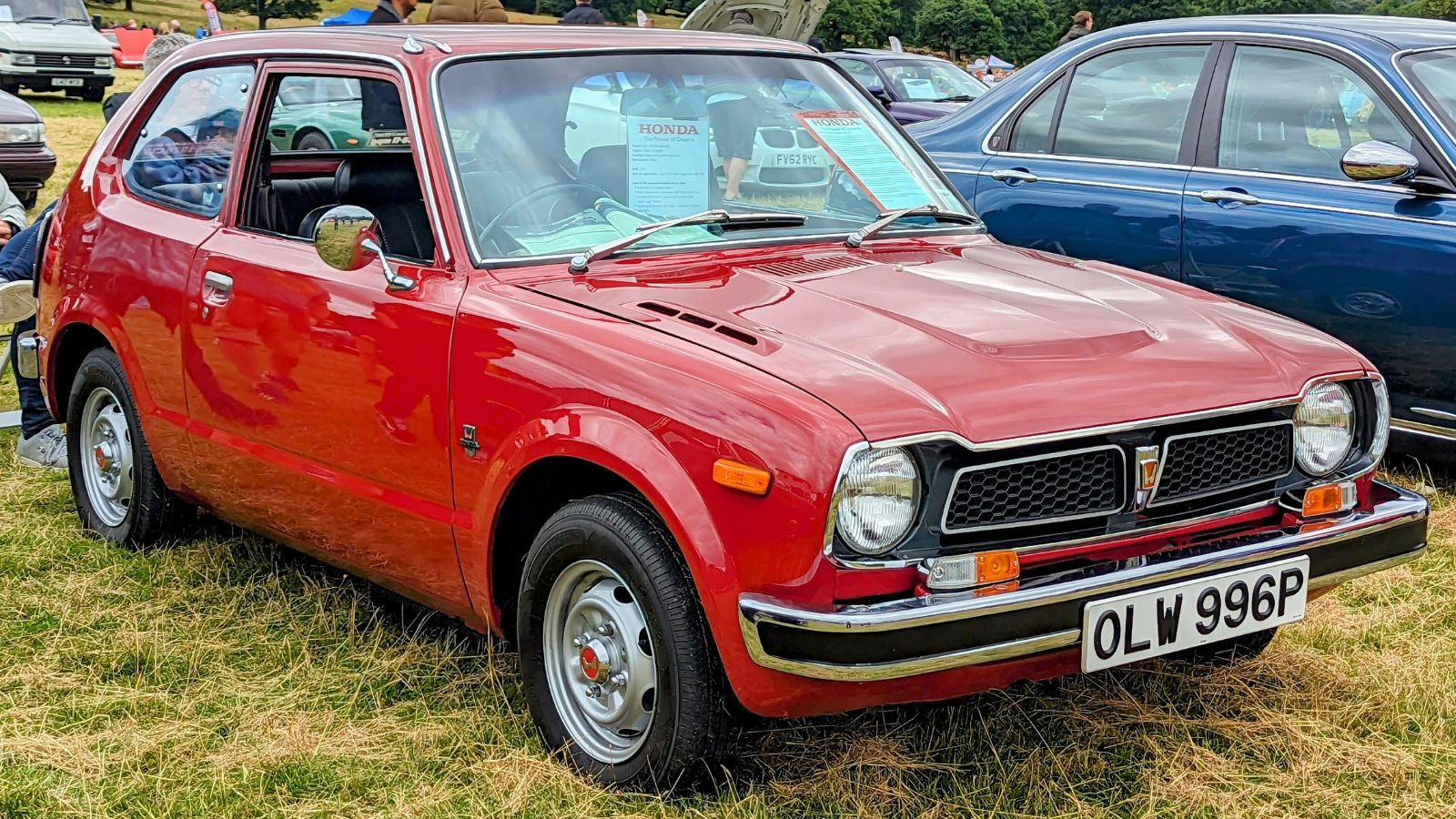
By the early 1970s, the Beetle was beginning to show its age, and Japan stepped in with something fresh. The Honda Civic, launched in 1972, was compact, affordable, and brilliantly reliable. It arrived just in time for the global fuel crisis, offering far better fuel economy than most competitors. While the Beetle relied on an air cooled engine and retro simplicity, the Civic embraced modern engineering, with water cooling, front wheel drive, and innovative emissions technology. It set a new standard for small cars, and in many ways, it picked up where the Beetle left off, becoming the new car of the people around the world.
Toyota Corolla (Early Models)
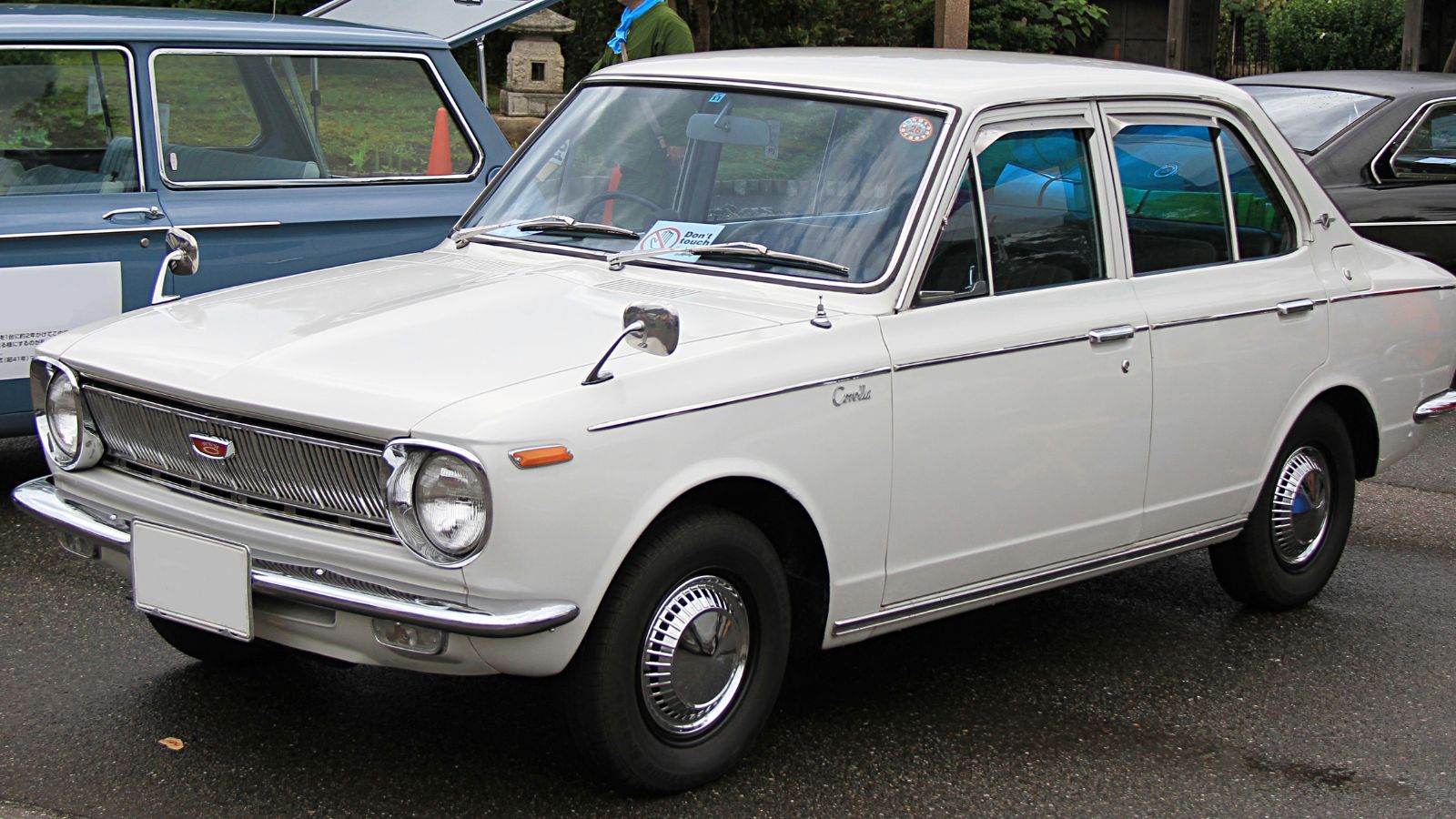
The Toyota Corolla may be best known today as a practical family sedan, but in the 1960s and 70s, its early models filled the same role as the Beetle. Compact, cheap to run, and easy to maintain, the Corolla quickly earned a reputation for being nearly indestructible. While it lacked the Beetle’s quirky styling and rear engine character, it offered predictability and reliability that appealed to buyers who wanted a car that simply worked. By the mid 1970s, it had become a global success, outselling rivals and proving that Toyota could build cars for the world. In many ways, the Corolla took the Beetle’s formula of simplicity and mass appeal and pushed it into the modern age.
Subaru 360
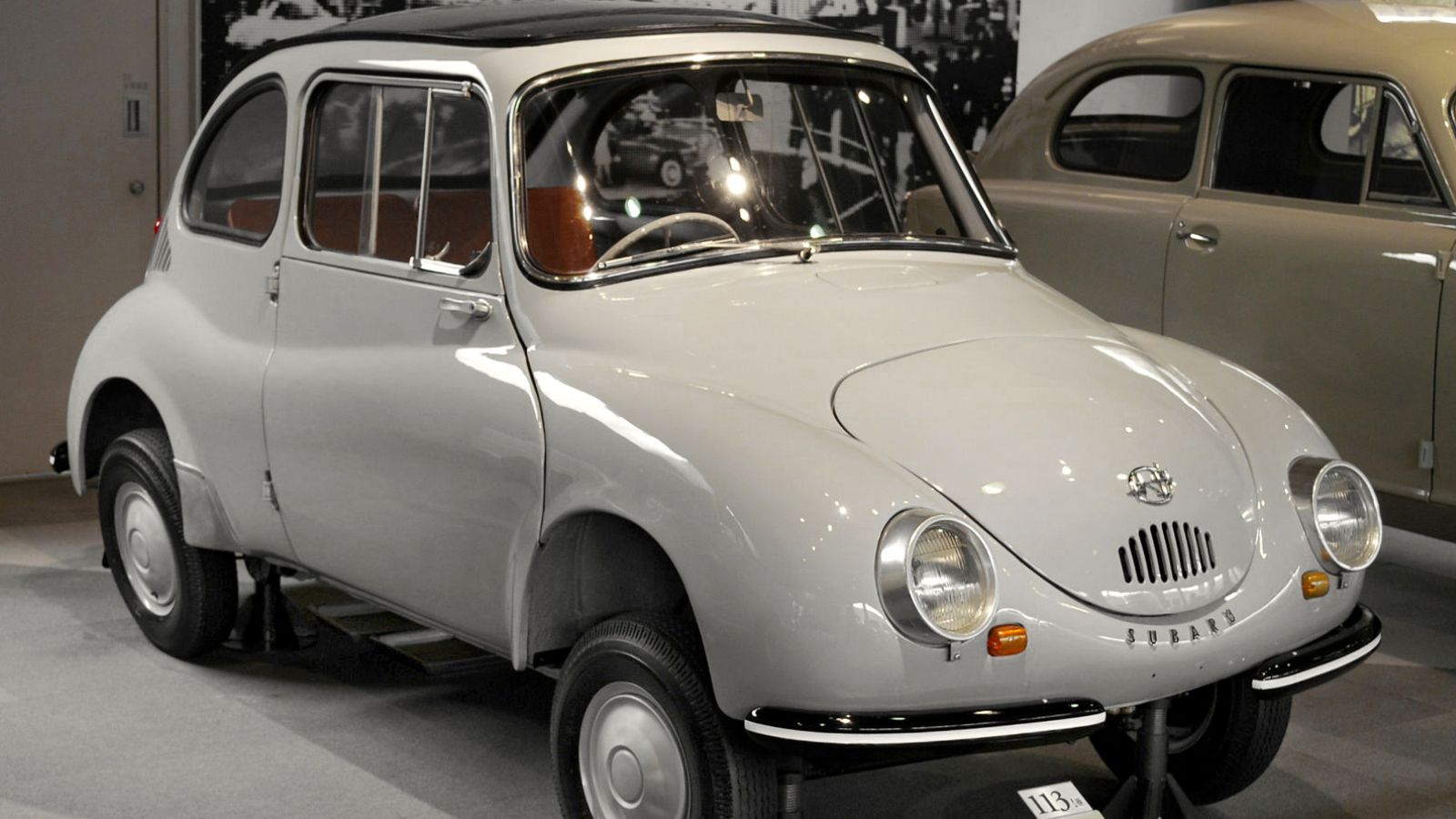
Nicknamed the “Japanese Beetle,” the Subaru 360 was Japan’s first mass produced car. Released in 1958, it was a kei car—tiny, lightweight, and cheap to run—designed to get Japan’s population moving after the war. Like the Beetle, it had a rear mounted engine and quirky styling, but it was even smaller, barely over ten feet long and weighing less than 1,000 pounds. The 360 was a huge success in Japan, where tax incentives for kei cars made it affordable for ordinary families. While it never achieved the Beetle’s global fame, it played the same cultural role in Japan, giving millions their first taste of car ownership.
25 Facts About Car Loans That Most Drivers Don’t Realize

Car loans are one of the most common ways people fund car purchases. Like any other kind of loan, car loans can have certain features that can be regarded as an advantage or a disadvantage to the borrower. Understanding all essential facts about car loans and how they work to ensure that you get the best deal for your financial situation is essential. Here are 25 shocking facts about car loans that most drivers don’t realize:
25 Facts About Car Loans That Most Drivers Don’t Realize
